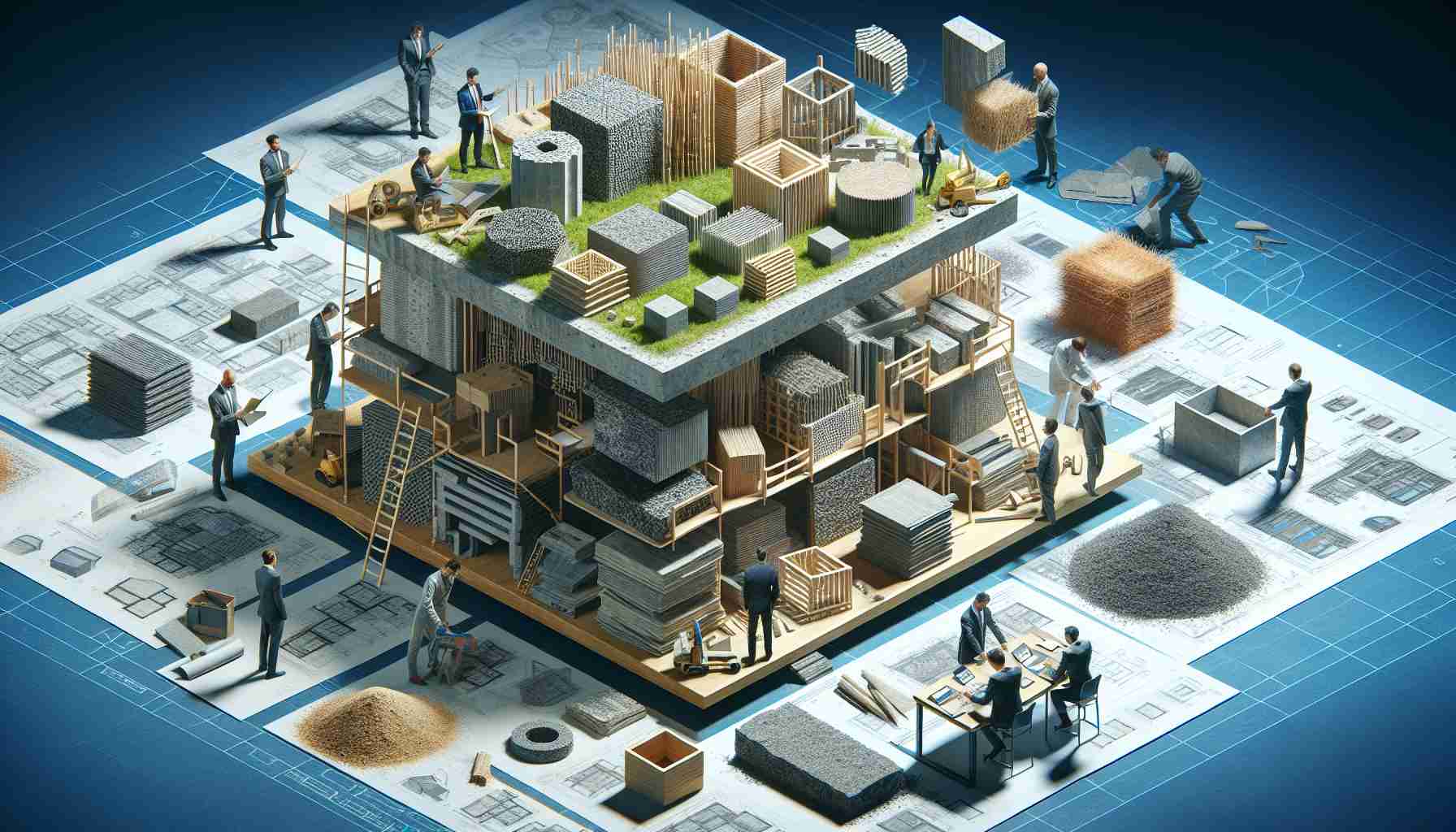Imagine a world where construction projects are revolutionized by sustainable materials that not only reduce carbon footprint but also offer unique benefits. Mushroom-hemp composite plywood is one such innovation that is making waves in the industry.
Gone are the days of traditional timber and concrete structures, as architects and builders are now turning to eco-friendly alternatives that are both durable and environmentally friendly. The mushroom-hemp composite plywood not only boasts a carbon-negative footprint but also provides a strong and versatile material for various applications.
Embracing this sustainable material in construction projects is not only a step towards reducing environmental impact but also a way to showcase innovative solutions that prioritize planet-friendly options.
For Tascha and Xia, it’s all about making conscious choices, whether it’s in their daily routines or construction projects like the new Azalea Arcology. By exploring and adopting sustainable materials like the mushroom-hemp composite plywood, they are taking a proactive stance towards creating a greener future.
As the industry shifts towards sustainable practices, embracing innovations like mushroom-hemp composite plywood is a significant step towards building a more environmentally conscious world, one construction project at a time.
Some additional relevant facts to consider when exploring sustainable material innovations for construction projects are:
– Sustainable materials such as bamboo, recycled steel, rammed earth, and straw bales are also gaining popularity in the construction industry due to their environmentally friendly properties.
– Green roofs, which involve growing vegetation on building rooftops, can help reduce energy costs, improve air quality, and provide additional insulation for buildings.
– Carbon-neutral concrete, which utilizes carbon capture technology to offset its carbon emissions, is another innovative material being developed to reduce the environmental impact of construction projects.
Key questions associated with exploring sustainable material innovations for construction projects may include:
1. How do sustainable materials like mushroom-hemp composite plywood compare in terms of cost-effectiveness to traditional building materials?
2. What are the long-term durability and maintenance considerations for these sustainable materials in comparison to conventional options?
3. How do building codes and regulations support or hinder the adoption of sustainable materials in construction projects?
Key challenges or controversies related to sustainable material innovations for construction projects:
1. Resistance to change: Some stakeholders in the construction industry may be hesitant to adopt new sustainable materials due to a lack of familiarity or perceived risks.
2. Availability and sourcing: Ensuring a consistent and reliable supply chain for sustainable materials can be challenging, especially for materials that are not commonly used.
3. Performance evaluation: Testing and validating the structural integrity and performance of innovative sustainable materials may require time and resources that could deter widespread adoption.
Advantages of exploring sustainable material innovations for construction projects:
– Reduced environmental impact: Sustainable materials typically have lower carbon footprints and help contribute to a greener future.
– Innovation and differentiation: Using novel materials can set construction projects apart, attracting environmentally conscious clients and showcasing forward-thinking design.
– Regulatory compliance: Embracing sustainable materials can align projects with increasingly stringent environmental regulations and sustainability goals.
Disadvantages of exploring sustainable material innovations for construction projects:
– Higher upfront costs: Sustainable materials may initially be more expensive than traditional options, impacting project budgets.
– Limited availability: Not all sustainable materials are widely accessible, which can limit their use in certain regions or project types.
– Performance uncertainties: The long-term durability and performance of some sustainable materials may still be unproven, posing risks for construction projects.
For more information on sustainable material innovations in construction, you can explore the website of the U.S. Green Building Council, which provides resources and insights on sustainable building practices.



